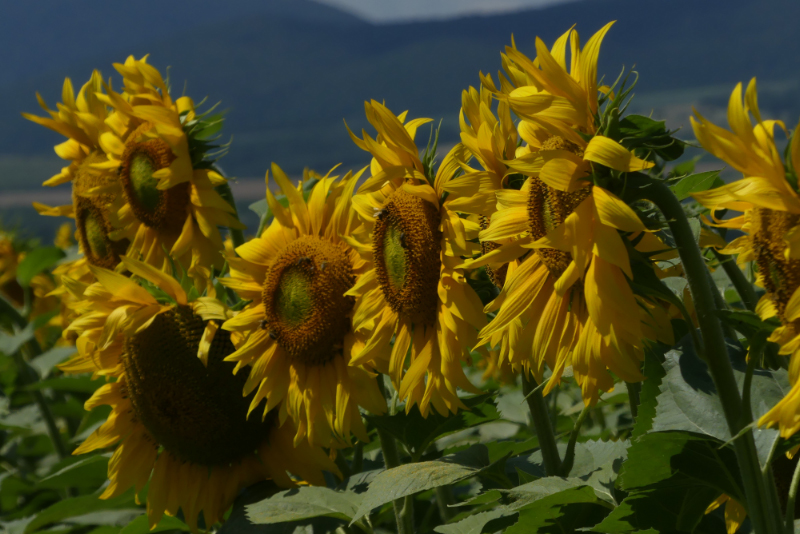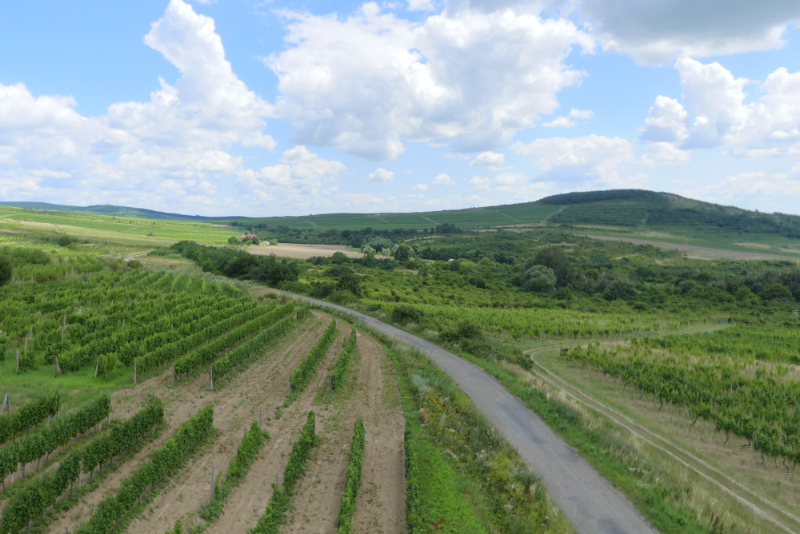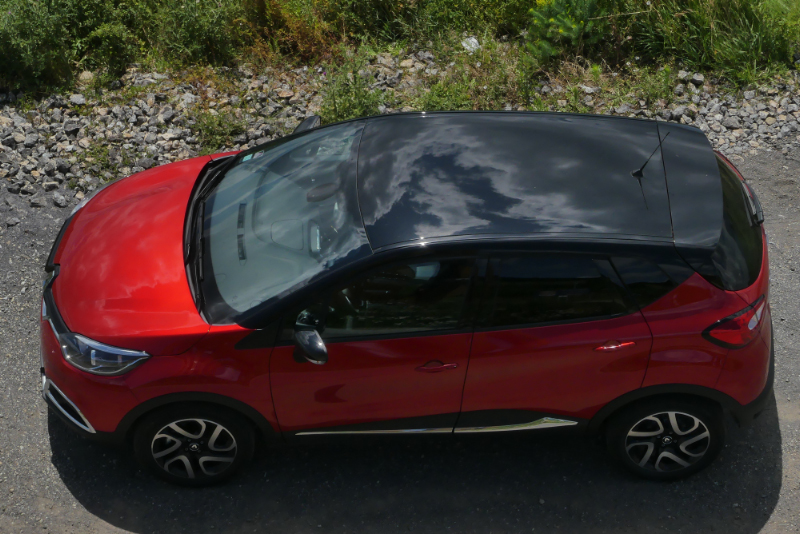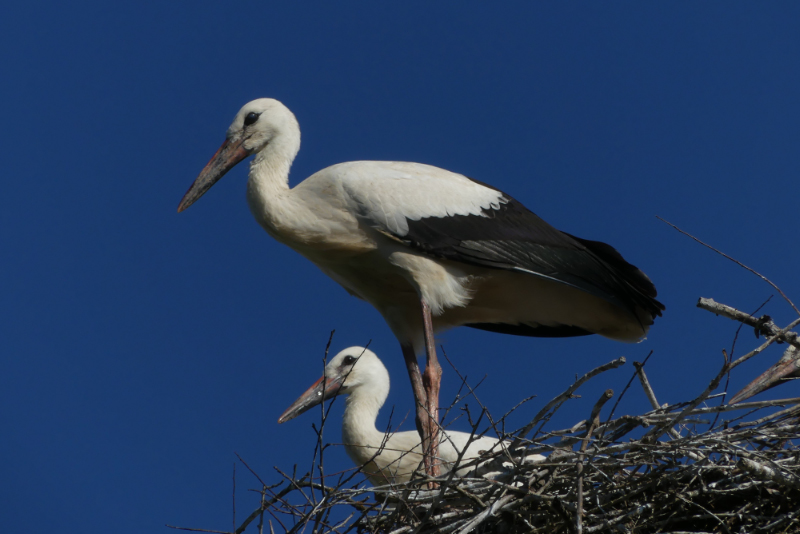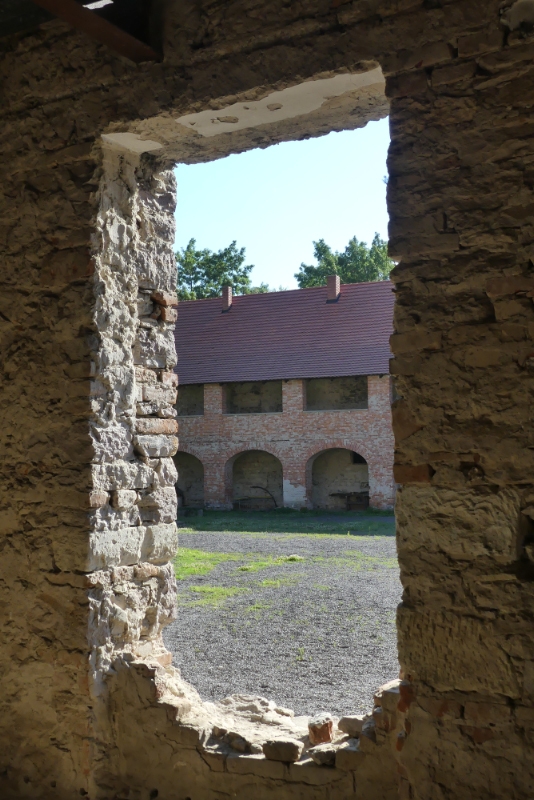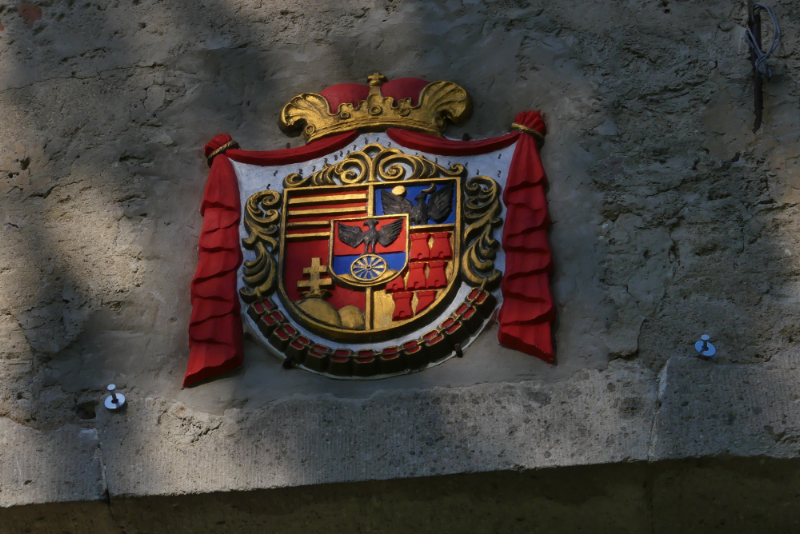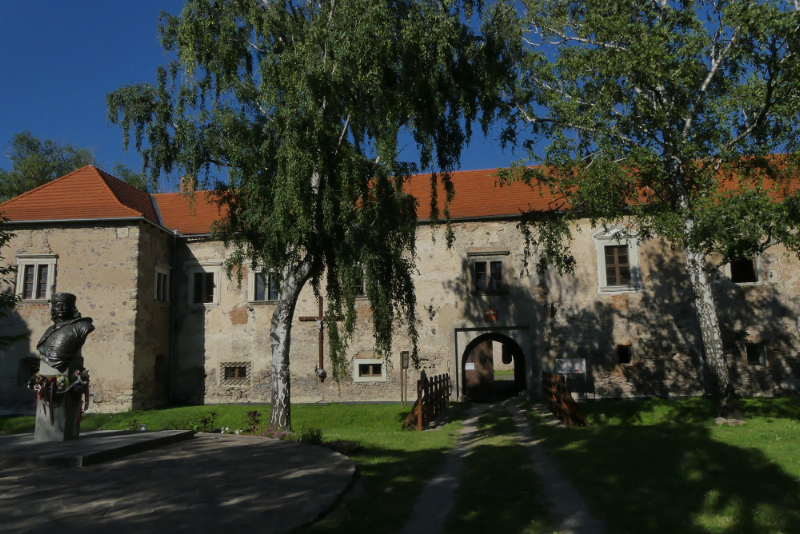Sunday 16 to Monday 17 July
Our next stop was the Tokaj region in the of South East region of Slovakia. The journey there crossed farmland where the sunflowers were blooming.
The Tokaj region is mostly in Hungary but the growing conditions of these grapes extend into a small area of Slovakia, along the Bodrog River.
We stayed at the Penzion Tokaj Zlatá Putina, which was literally in the middle of nowhere. Fortunately, they had good coffee and a decent restaurant, so we were self-sufficient.
It was Sunday and very, very quiet. We toured the area but found little to capture our interest.
I was most interested in the fact that a Swiss NGO had become the Swiss Slovak Cooperation Programme that was supporting the region as a tourist destination, with cycling routes, tasting cellars and a point of interest wine barrel lookout. The cycling routes were quite rough, the tasting had to be prearranged and the masses of beautifully printed information in the form of maps and brochures was vague.
The support program ran from 2012 to 2015. If the aim of the program was to improve the quality of life of the people in the Tokaj region by involvement in the tourist industry, there was still much to be done.
Frustrated by how to fill our day we crossed the border to Hungary and visited the adventure park in the town of Sátorajlaújhely. As a ski resort in winter, it presented a heap of summer activities such as ice skating, rock climbing, a rail-sled ride, an adventure course, and zip lines as well as the Magas-hegy chairlift to the top of the hill and lookout.
As we were touring the area we had seen a cloud of dust – we now realised it was a go-kart track, and on Sunday there was a crowd using the track.
I certainly felt that life quality was probably better in this part of Hungary than its neighbour Slovakia.
Returning to Slovakia, we came across a stork’s nest. The young looked quite mature, and they were sitting in wait for the morsels their parents would bring back. These nests have an uncanny ability to sit atop a light pole and look quite balanced.
Nearby was Borša Castle which was built in the second half of the 16th century. Its major claim to fame is of Il Ferenc Rákóczi, the leader of the insurrection of 1703-1711, who was born here in 1676.
The castle is quite dilapidated now, but is still able to hold various musical festivals during summer.
Our hotel offered a free tour of a local cellar. Communication was difficult between Slovak and English, however after much uncertainty we arrived at the appointed place and were duly greeted by Attila, who showed us around his cellar. We were amazed to see wine bottles standing upright, but in broken English he assured us that these were quality wines he was storing for well-paying clients.
We tasted a little of the dry varieties of Tokaj which were robust, but the sweet wines were for a tasting master and out of our league.
e_header.jpg)



